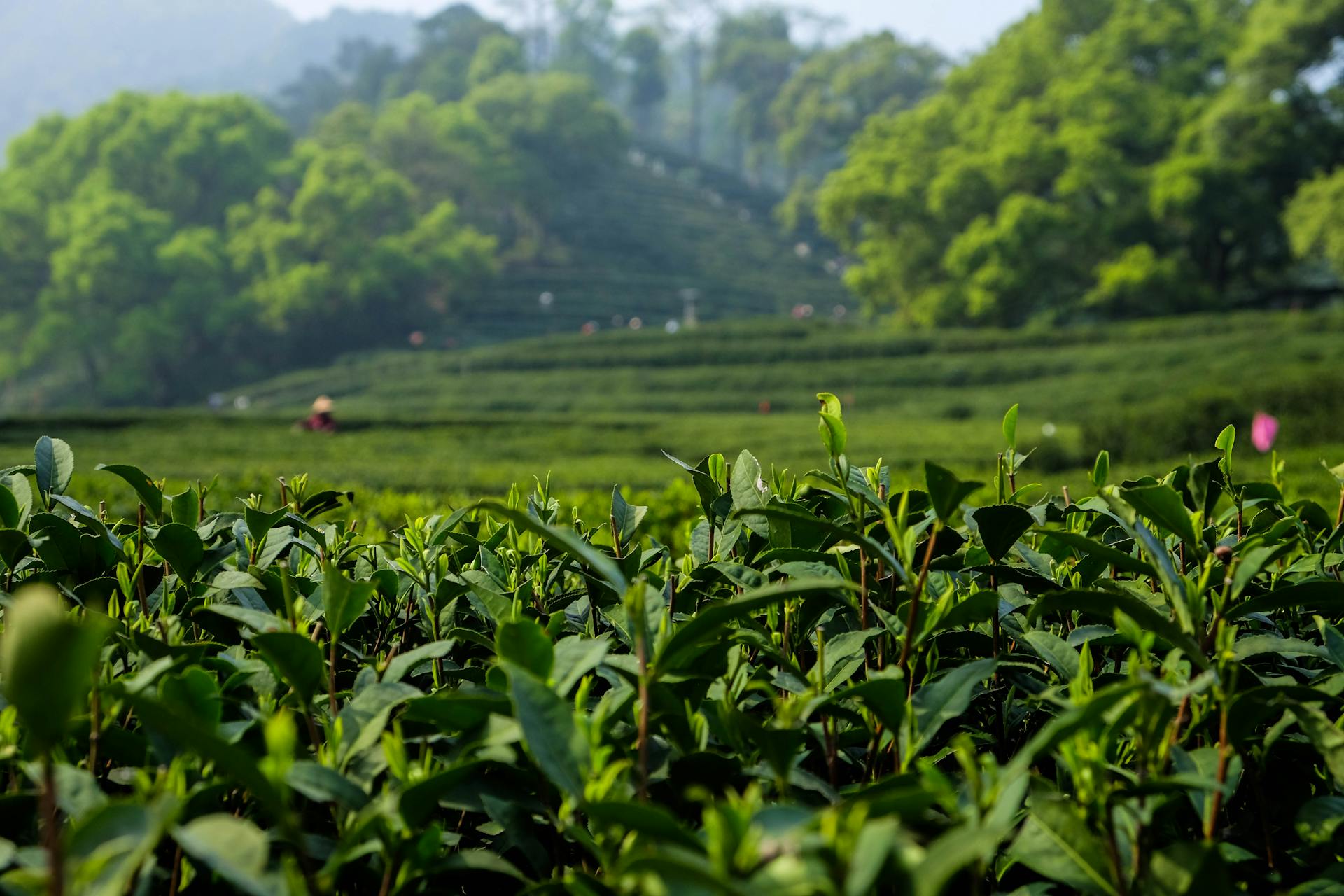
Tea production has deep roots in tradition, but modern technology is bringing fresh changes to every stage. New advancements, from AI-powered quality checks to sustainable farming practices, are reshaping how tea is grown and processed. Let’s explore how these innovations are creating better tea for consumers worldwide.
Automation in Tea Harvesting
Harvesting tea has always required a lot of manual labor. Now, automation is helping tea farms become faster and more efficient. Automated harvesting machines are increasingly common, especially on large-scale farms.
Benefits of Automated Harvesting:
- Speed: Machines can harvest large areas much faster than manual labor.
- Consistency: Automated systems pick leaves at their peak maturity, ensuring high quality.
- Cost Savings: With fewer labor costs, farms can invest in other areas of production.
While some traditionalists still prefer hand-plucked tea for certain varieties, automation is a valuable tool. Large tea farms now rely on it to meet the rising global demand.
AI and Machine Learning in Quality Control
AI and machine learning are bringing accuracy and precision to quality control. Traditionally, skilled tasters assessed tea quality by hand. Now, AI tools can assist in identifying differences in leaf quality, flavor, and aroma.
How AI Helps with Quality:
- Image Analysis: AI can scan images of tea leaves to spot defects or variations in size and color.
- Flavor Prediction: Machine learning models analyze leaf chemistry to predict the flavor profile before it even reaches consumers.
- Efficient Sorting: AI-powered machines can sort tea by size and quality, ensuring consistency.
With these tools, producers can reduce errors and maintain high standards, meeting consumer expectations around the world.
Sustainable Farming with IoT (Internet of Things)
Sustainability is increasingly important in tea production, and IoT technology is a game-changer. IoT devices, such as sensors placed throughout tea fields, gather real-time data on soil, moisture, and temperature. This data helps farmers care for their crops with greater precision.
Benefits of IoT in Tea Farming:
- Better Water Use: Sensors help farmers adjust irrigation, reducing waste.
- Pest Management: IoT-enabled traps monitor pest activity, allowing for targeted, limited pesticide use.
- Adaptation to Climate: Real-time weather data helps farmers respond to extreme conditions, protecting their crops.
By using IoT technology, tea producers can manage resources effectively and grow quality tea with a smaller environmental footprint.
Blockchain for Traceability and Transparency
Consumers want to know the story behind their tea. Blockchain technology is making tea production more transparent. Blockchain records every stage of tea production, from planting to packaging, creating a traceable record that consumers can trust.
How Blockchain Benefits the Tea Industry:
- Traceability: Blockchain allows consumers to verify where and how their tea was grown.
- Fair Trade: Blockchain can confirm fair trade practices, ensuring workers receive fair wages.
- Quality Assurance: Blockchain stores records of each batch, so producers can track and resolve any quality issues.
For consumers who care about ethical practices, blockchain offers a new level of trust and transparency.
Robotics in Tea Processing
Robots are changing the way tea is processed. From withering to rolling, and oxidation to drying, robotics bring precision to each step.
Advantages of Robotics in Processing:
- Consistency: Robots follow exact instructions, creating a uniform product with every batch.
- Speed: Robots process large quantities quickly, allowing producers to meet growing demand.
- Quality Preservation: Robots maintain strict controls, preserving the tea’s natural flavors.
In large facilities, robotics help producers ensure quality while keeping up with demand.
FAQs: Technology in Tea Production
Can technology replace traditional tea-making methods?
While technology improves efficiency, traditional methods still play a vital role. High-quality, hand-crafted teas rely on artisanal skills that technology can’t replace.
How does blockchain improve tea transparency?
Blockchain records every stage of tea production digitally. This allows consumers to verify the origin and quality of their tea.
Are there downsides to automation in tea production?
Automation can reduce traditional labor jobs. However, it also creates opportunities in areas like quality control and sustainable farming.
Conclusion: Embracing Innovation in Tea Production
Technology is opening new doors in tea production, making quality, sustainability, and transparency more accessible. From automated harvesting to blockchain traceability, innovations are shaping the tea industry for the better. As technology continues to evolve, tea producers are finding ways to honor tradition while meeting modern demands.
Discover how these innovations make each cup of tea a blend of tradition and technology. Enjoy the future of tea, one sip at a time!




